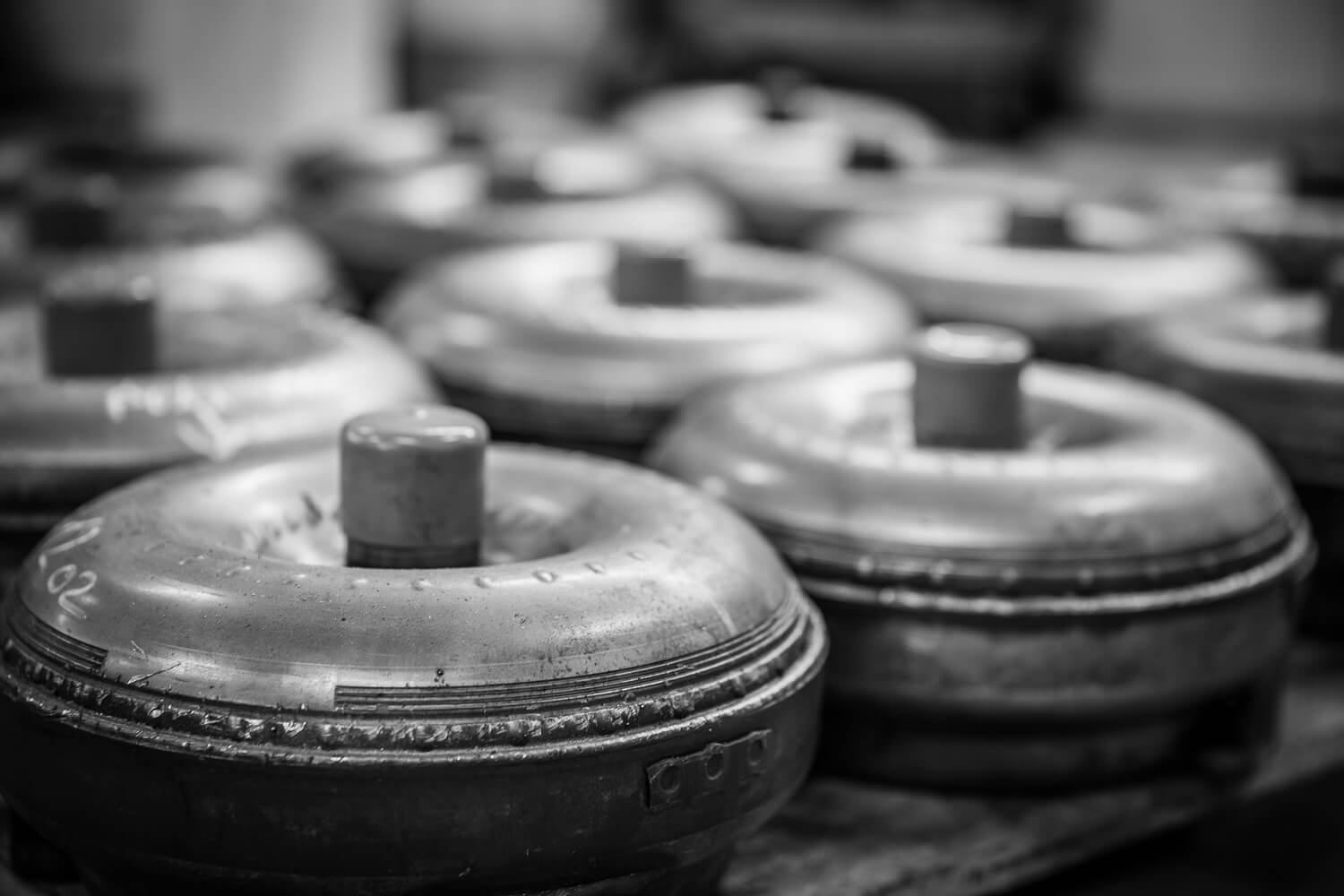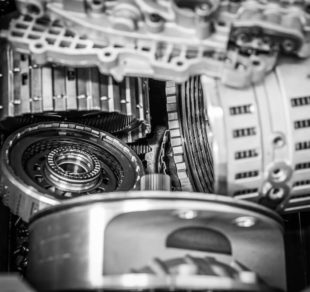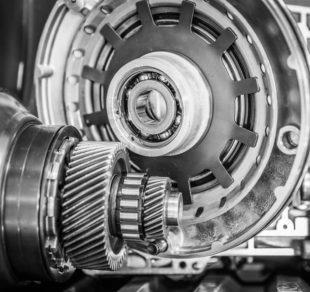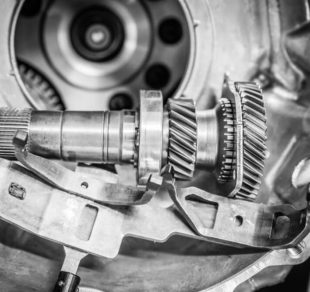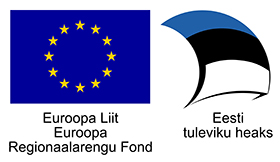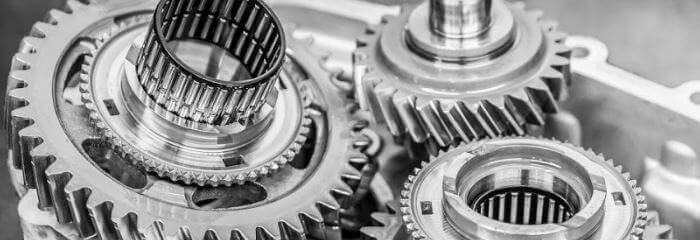
The history of dual-clutch transmissions (DCT) dates back to the First World War, but the first running transmissions were made for racing cars in the 1980s. Over the past decade, this type of transmission has made a very strong comeback and has increased its share in the market.
Such a transmission includes two manual transmissions that are skillfully combined into one. Both transmissions have their own clutches and cogwheels, and in most cases gears 1, 3, 5, (7) are used for transmission A and R, 2, 4, 6 are used for transmission B.
The transmission uses either a wet clutch (inside oil) or a dry clutch (outside the transmission). For example, when driving with gear 3 (transmssion A is applied), transmission B is already waiting for gear 2 or 4 (the latter will be switched on according to speed). At the moment when the driver really needs either 2nd or 4th gear, there will be no gear shifting (gear is already in in transmission B), but only clutching. The clutch of the transmission A is released, and B is connected – all at the same time. That’s the advantage of this transmission – switching is fast and smooth.
DSG transmissions are very common in Europe, but less in Asia and the USA. As technology evolves, they have also started to be used on trucks, so the scope has expanded geographically and also vehicle-based.
This type of transmission is also special because some models use two or even three different types of oils in the transmission: for a hydraulic system, clutches, mechanical running gear. So be careful with these transmissions, so that the wrong oil is not used in the right section.
As with all other types of automatic transmissions, car manufacturers have also used different terms here:
VW/Seat/Škoda DSG
Audi S-tronic
BMW DualTronic
Ford Powershift
Hynday Ecoshift
Mitsubishi Twin Clutch SST ja Duonic ja Sporttronic
Porsche PDK ect.
ADVANTAGES – low weight and size, cheap to produce, very fast gear switching process.
DISADVANTAGES – low torque tolerance, not as comfortable as WITH hydraulic coupling; more frequent maintenance and also a need for repair.
If you are interested, you can get more detailed view from this video:



